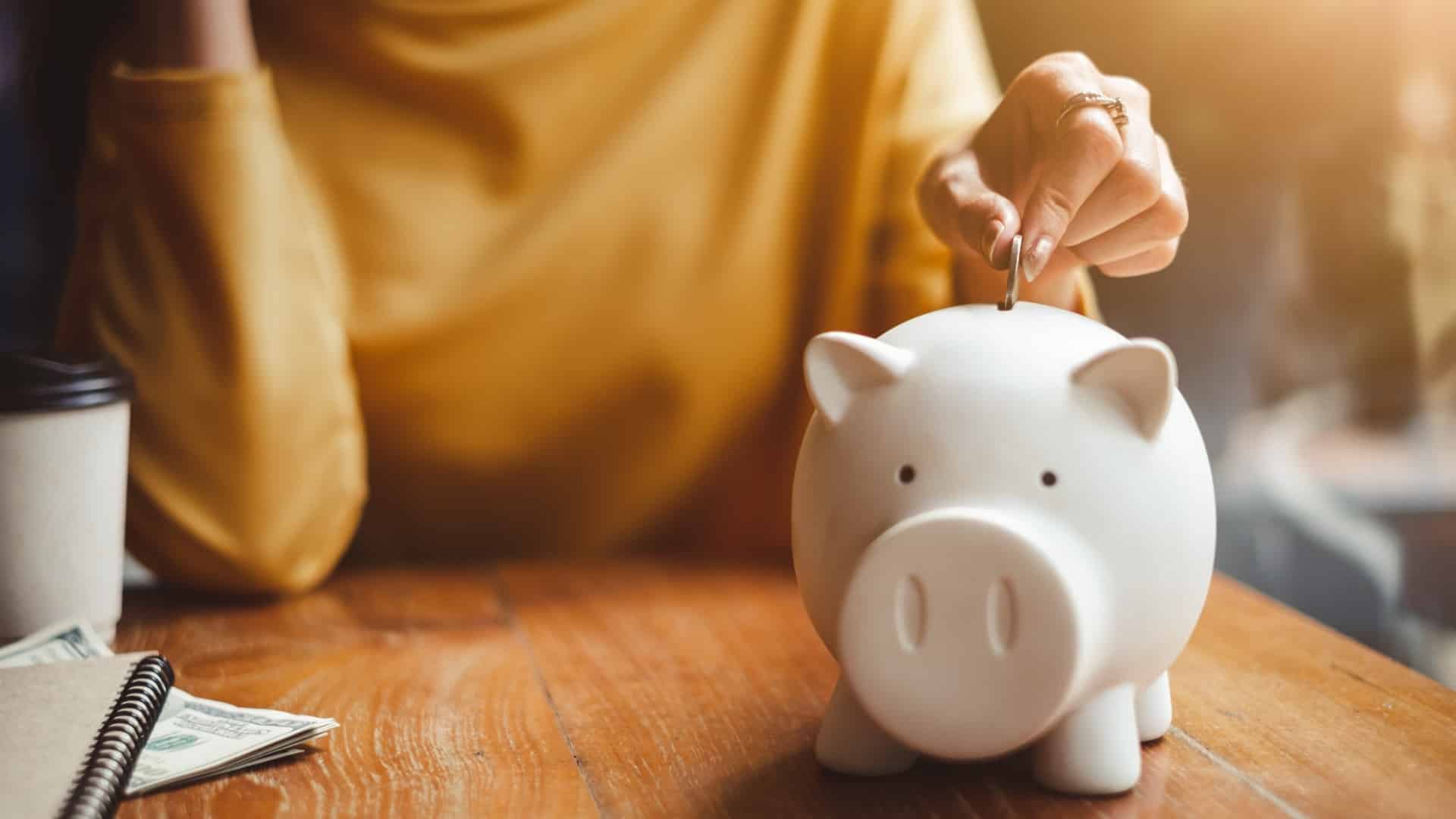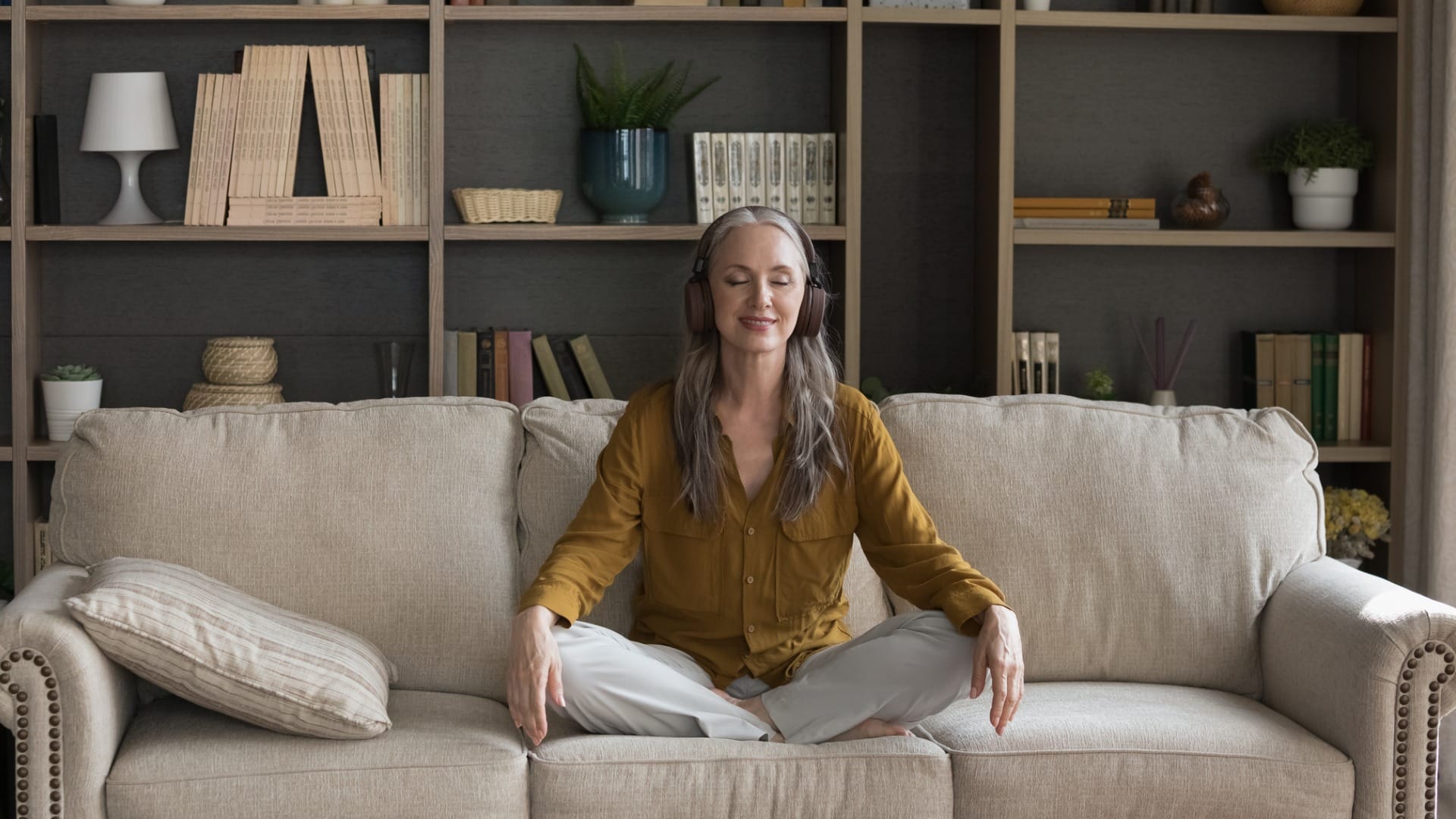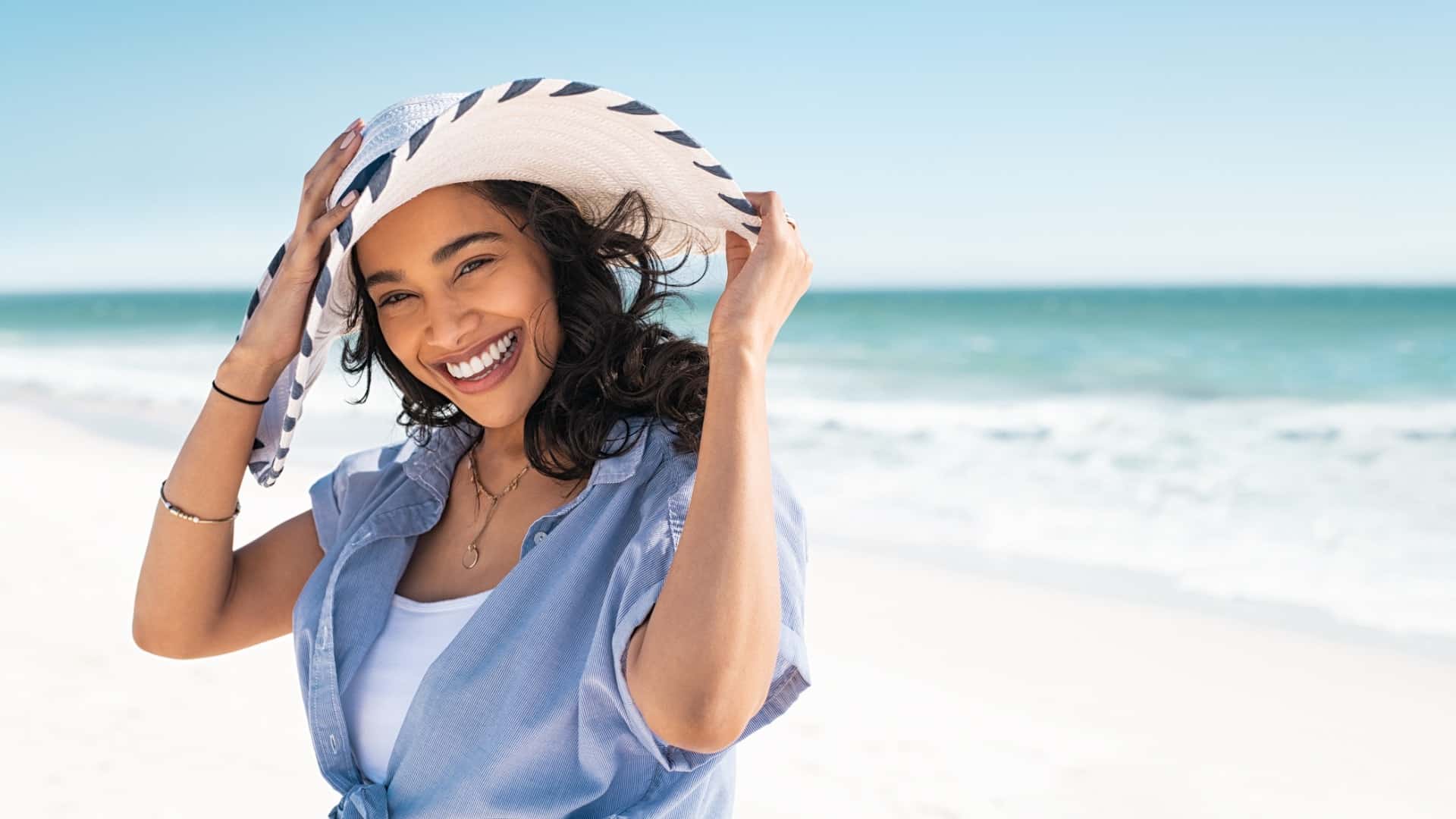In every era, beauty standards act like a mirror, reflecting the values, cultural shifts, and technologies of the time. As we move further into the 21st century, these norms seem to have evolved in significant and seemingly progressive ways. Words like “natural beauty,” “body positivity,” and “diversity” have not just entered our lexicon but appear to have been wholeheartedly embraced by industries and individuals alike. At first glance, it seems we are on the cusp of a new, more inclusive age that encourages women to be themselves and feel empowered by their unique attributes.
However, beneath the sheen of these buzzwords lies a landscape that is much more complicated. One can’t help but question whether these seemingly enlightened beauty norms are genuinely liberating women, or simply casting a new set of chains disguised as freedom. Are these standards widening the scope of what is considered beautiful, or are they setting up new, just as exclusionary, criteria under the guise of progressivism? These questions are not just hypothetical; they have real implications for how women navigate the world, their self-esteem, and their sense of identity.
In this article, we’ll delve deep into the complexities of modern beauty norms. We’ll dissect some of the most celebrated—and controversial—beauty ideals today to understand their impact on women’s empowerment. Join us as we embark on this eye-opening journey into the complex terrain of contemporary beauty ideals.
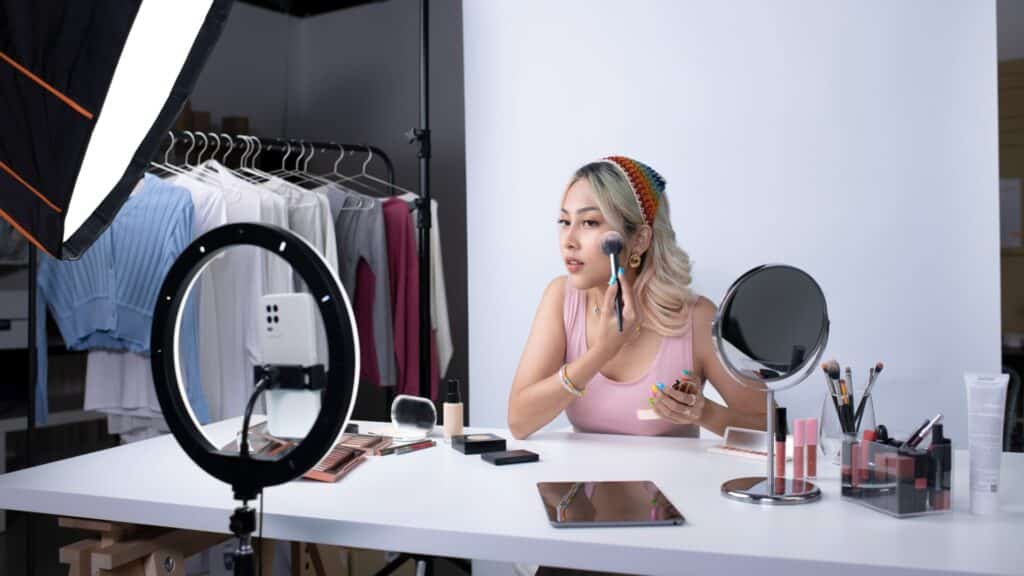
The ‘Natural’ Beauty Trend
The ‘natural’ beauty trend, marked by minimal makeup and a focus on skin health, seems to advocate for a more authentic self-presentation. Instagram feeds are filled with influencers and celebrities flaunting their “no-makeup” looks, as major brands increasingly feature such styles in their advertising. This trend suggests a societal shift away from heavily contoured faces and artificial enhancements, promoting the idea that women should feel comfortable in their own skin. On the surface, it appears to be a step toward dismantling the rigid beauty standards that have long confined women.
However, the underbelly of this trend raises several questions. For one, the ‘natural’ look itself often requires a range of high-end skincare products, specialized diets, and even minimally invasive procedures to achieve. What is presented as ‘natural’ is, paradoxically, often highly curated and financially demanding. Furthermore, this trend subtly implies that your natural self is only worthy of celebration if it meets certain ‘flawless’ criteria. Skin should be clear, but not too oily or dry; your face should have a youthful glow, but not show signs of ‘imperfections’ like wrinkles or blemishes. Thus, even as it promises liberation from previous beauty norms, the ‘natural’ beauty trend establishes its own set of elusive and exclusive standards.
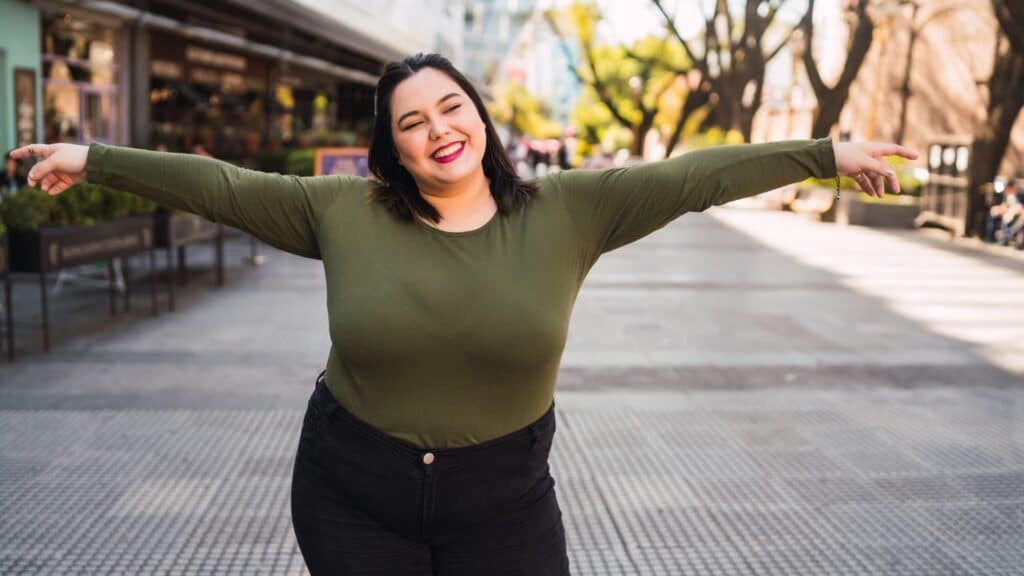
Body Positivity & Its Limitations
The body positivity movement has been hailed as a groundbreaking evolution in how we perceive beauty standards, encouraging women to love and accept their bodies as they are. Social media campaigns and brand advertisements featuring women of all sizes, shapes, and colors are more prevalent than ever. The tagline often goes beyond mere physical appearance, urging women to embrace their ‘flaws’ as marks of individuality and strength. At first glance, this appears to be an empowering shift that liberates women from the toxic norms that have long dictated their self-worth.
Yet, despite its revolutionary ethos, the body positivity movement has its limitations and has come under scrutiny for several reasons. Critics point out that it can inadvertently glorify certain body types over others, creating a hierarchy within the very community it aims to uplift. Plus, the commercialization of the movement leads to its own set of ironies: now, not only do you have to look a certain way, but you also have to ‘feel’ a certain way about your body, creating new pressures to be ‘positively body-positive.’ There’s also the question of inclusivity; while body positivity claims to be for every woman, it often centers on more socially acceptable or ‘palatable’ forms of diversity, leaving many still feeling marginalized. Consequently, what started as an empowering movement sometimes ends up reinforcing a new set of constricting standards.
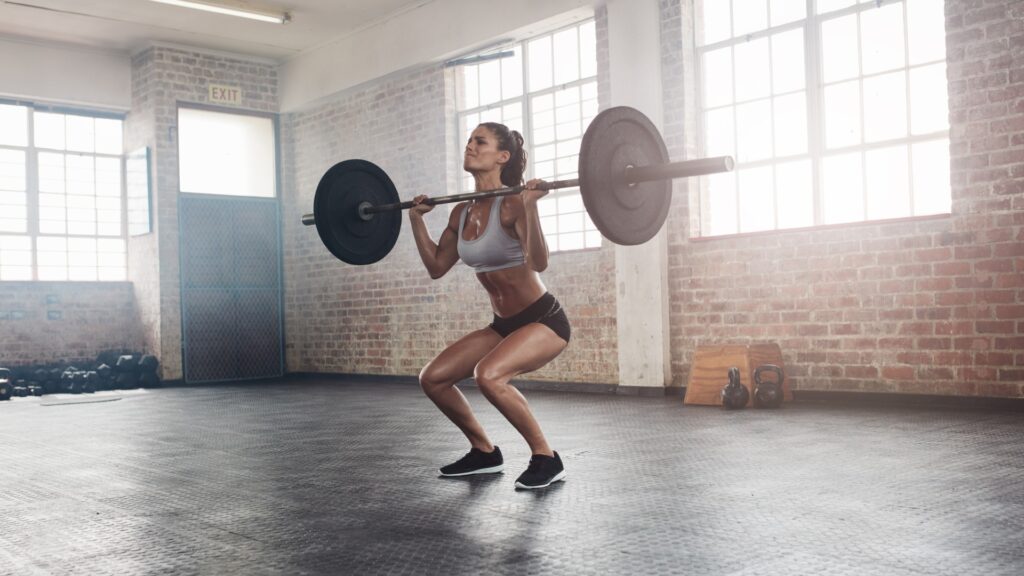
The Strong Woman Aesthetic
The “strong woman” aesthetic is another trend in the beauty landscape that, at face value, seems to empower women. With the rise of athleisure wear, fitness influencers, and even action heroines who defy the frail, damsel-in-distress stereotype, women are being told that strong is the new beautiful. This development seems to align with the feminist principles of agency, self-reliance, and the dismantling of traditional gender roles. No longer should women aspire to be just ‘pretty’; now they should aim to be strong, athletic, and capable. It’s an attractive narrative that many are keen to embrace, associating physical strength with inner resilience.
However, upon closer examination, this aesthetic has its own pitfalls. It inadvertently suggests that femininity and traditional ‘womanly’ traits are weak or lesser-than, reinforcing a dichotomy that feminism has long tried to abolish. Furthermore, the strong woman aesthetic often comes with its own narrow specifications: toned but not too muscular, curvy in ‘the right places,’ and still adherent to many mainstream beauty norms. This creates another impossible standard for women to meet, camouflaged under the guise of empowerment. Ultimately, while the concept of a ‘strong woman’ is undeniably appealing, its present aesthetic incarnation often serves to pigeonhole women into yet another restrictive category rather than liberating them.
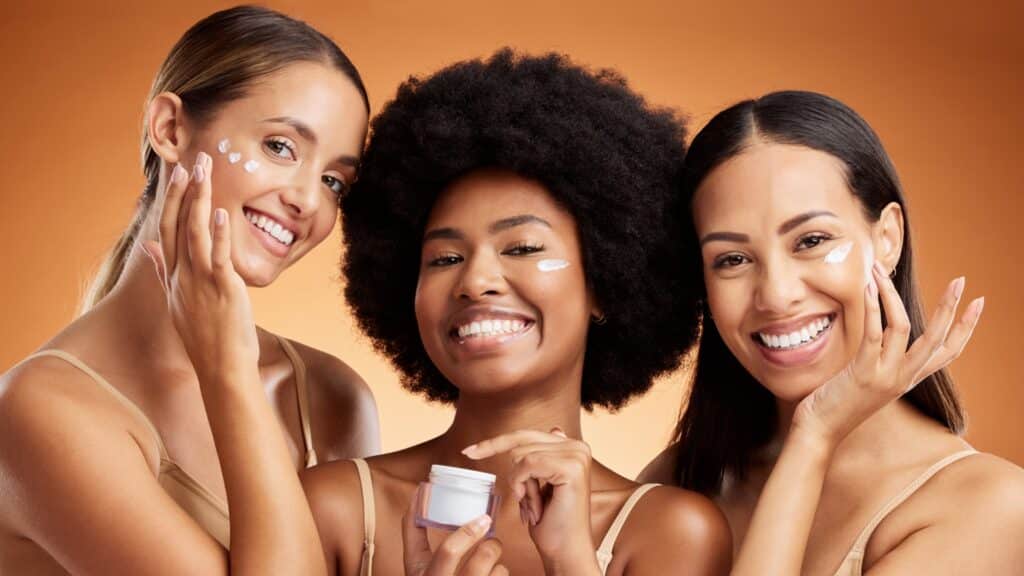
Diversity In Beauty Campaigns
“Diversity” has become a buzzword in beauty campaigns, as brands strive to represent a broad spectrum of skin tones, body shapes, and cultural backgrounds. On the surface, this appears to be a long-awaited shift towards inclusivity and empowerment, dismantling the Eurocentric, size-zero ideals that have long dominated the industry. Billboards and magazine spreads are now adorned with faces that reflect a more global idea of beauty, encouraging women to see themselves as beautiful, regardless of societal norms. This move towards a more inclusive beauty standard ostensibly gives every woman the green light to feel confident and celebrated for who they are.
However, this representation often becomes tokenistic and can be executed superficially. The inclusion of diverse models is sometimes nothing more than a corporate strategy aimed at tapping into new markets or placating critics, rather than a genuine shift in ideology. Plus, the underlying message often remains the same: you’re beautiful when you use our products. The commodification of diversity turns meaningful representation into just another sales tactic, reducing complex identities to mere aesthetics. While the intent behind diversifying beauty standards is noble, the execution often falls short, serving the brand more than the cause it claims to champion. So, while progress is being made, it’s crucial to question the motives and depth of these diversity initiatives.
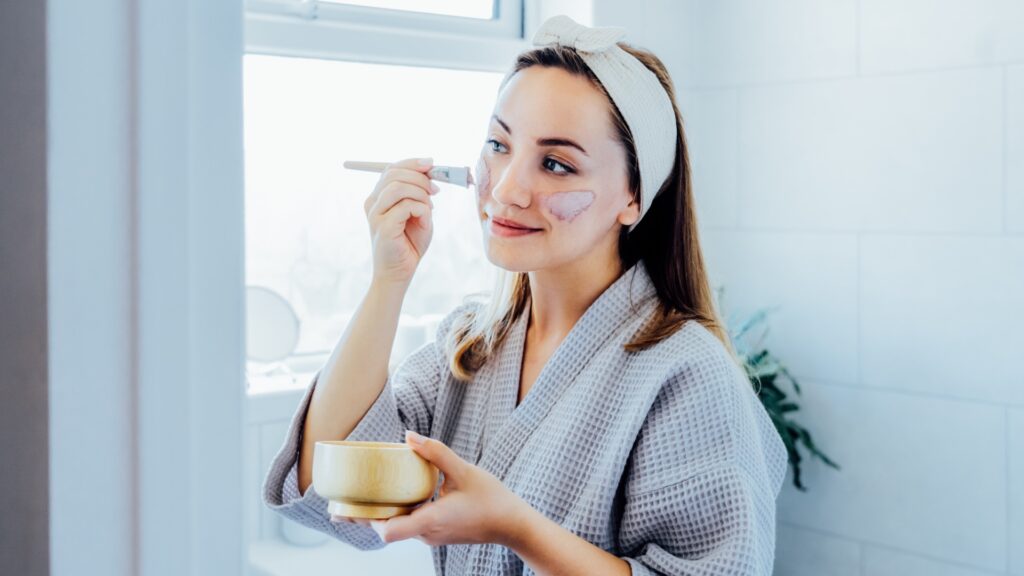
High-Maintenance Chic
High-Maintenance Chic is another beauty standard that paradoxically claims to empower women while quietly tying them down. Once considered a faux pas, being “high-maintenance” has been reclaimed as a celebration of self-care and personal grooming. The idea is that spending hours in a beauty salon, committing to a 10-step skincare routine, or meticulously curating a wardrobe is empowering because it’s a form of self-love and self-expression. These activities, in themselves, can indeed be empowering for many women and foster a sense of control and personal accomplishment.
However, the dark side of this trend is that it perpetuates the notion that women should invest a considerable amount of time, money, and emotional labor to meet an ever-evolving standard. What’s more, this labor-intensive approach to beauty often carries a classist undertone, making empowerment a privilege accessible only to those who can afford it. It implicitly suggests that one’s worth and empowerment are tied to one’s ability to maintain a certain level of upkeep, which is inherently time-consuming and expensive. When “self-care” becomes a full-time job or another box to tick, it’s worth questioning whether the concept has strayed from empowerment into obligation.
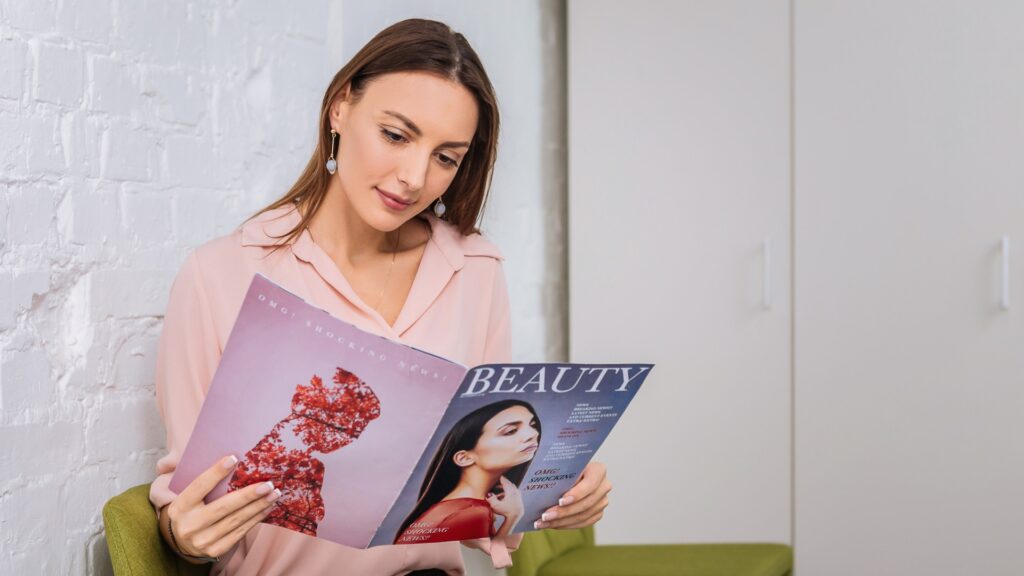
Celebrity Influence
In the age of social media, celebrities wield unprecedented power in shaping beauty norms. Their images, whether on Instagram or in ad campaigns, often set the tone for what’s considered beautiful, desirable, or empowering. At first glance, the celebrity influence seems like a tool for empowerment, especially when a celebrity uses their platform to challenge traditional beauty norms. Stars like Lizzo, Jameela Jamil, and Ashley Graham have used their influence to advocate for more realistic beauty standards, giving many women the license to embrace themselves as they are.
Yet, it’s essential to remember that celebrity influence is a double-edged sword. These stars, even when promoting body positivity or natural beauty, often have a team of professionals and an array of products behind each “flawless” photo. The irony is inescapable: even as they advocate for self-acceptance, they present an image that is often as carefully constructed as any magazine cover. The subliminal message can be disempowering: you should accept yourself, but wouldn’t you rather look like this? Moreover, celebrities often profit from the very beauty industry that perpetuates unattainable standards, creating a cycle that is self-sustaining and far from empowering. The celebrity influence, then, is not a straightforward avenue to empowerment—it’s a labyrinth of mixed messages that requires careful navigation.
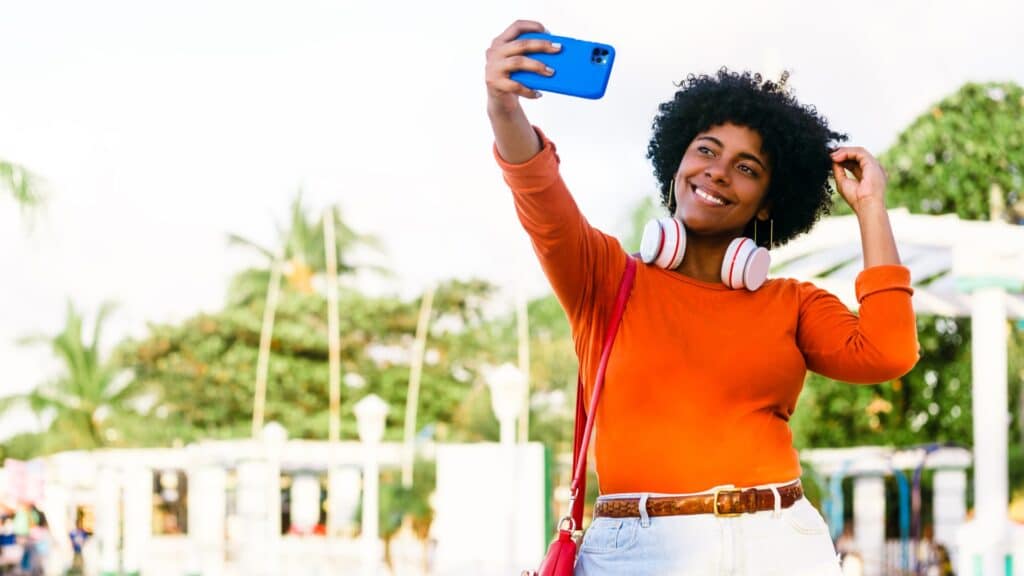
Digital Distortion
The term “Digital Distortion” encapsulates a reality many of us have become numb to—our online lives are often polished, filtered versions of our true selves. Filters and photo-editing apps are ubiquitous, allowing anyone to manipulate their appearance to meet current beauty norms instantly. On one hand, these digital tools can be empowering. They allow us to present ourselves in a manner that boosts our self-esteem and lets us control our narrative. It feels good to post a picture and receive positive reinforcement from our social circle.
On the other hand, this digital distortion creates unrealistic expectations that can deeply affect our self-image and self-esteem. The very filters that can make us feel empowered in the short term contribute to establishing an unattainable beauty standard in the long term. What’s worse, these altered images become the norm, making the unfiltered face or body seem subpar. We become participants in a digital masquerade, embracing empowerment on the surface while wrestling with insecurity underneath. It’s a dilemma that begs for conscious engagement: we must question the real impact of these digital tools on our sense of self-worth and empowerment, asking whether they liberate us or push us into a new cage.
Conclusion
The quest for beauty and self-expression is as old as humanity itself, but what changes with each generation are the norms, methods, and implications of that quest. We’ve explored a series of contemporary beauty standards that claim to be empowering for women but often have a flip side that can be constraining or even damaging. The good news? Awareness is the first step towards meaningful change. Understanding the limitations of these beauty norms allows us to navigate them more consciously, and perhaps even to redefine them. After all, true empowerment comes from within and isn’t subject to trends or popular opinion.
So, let’s embrace the nuances in our discussion of beauty standards. Let’s reclaim what empowerment genuinely means to us as individuals, free from societal expectations. When we recognize the complexities behind these so-called empowering beauty standards, we are better equipped to dismantle the cages they can create. That’s not just beauty; that’s liberation!





